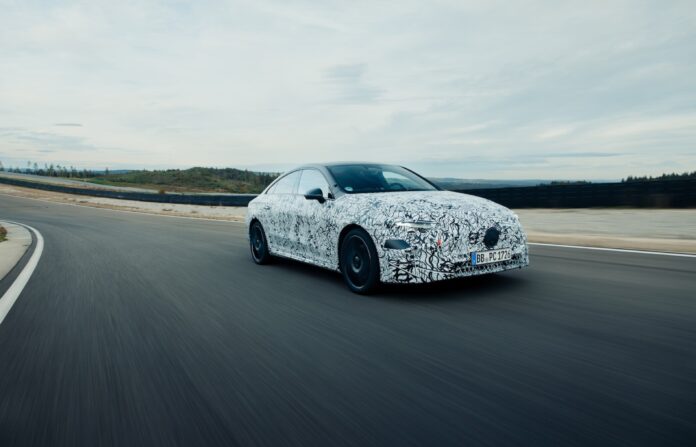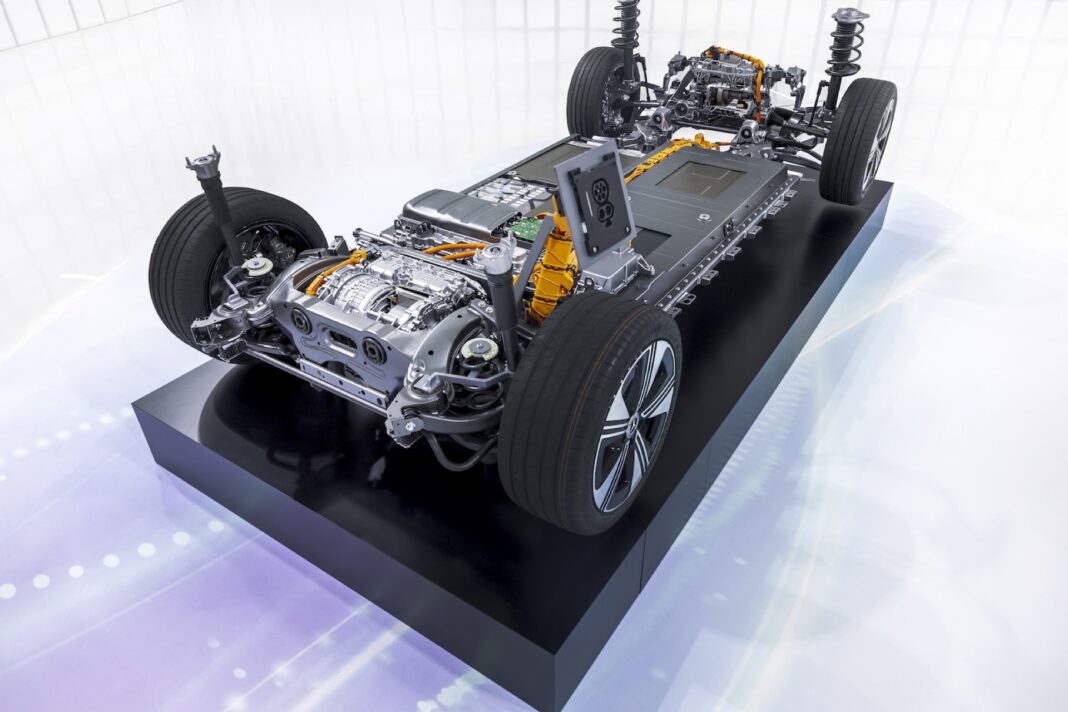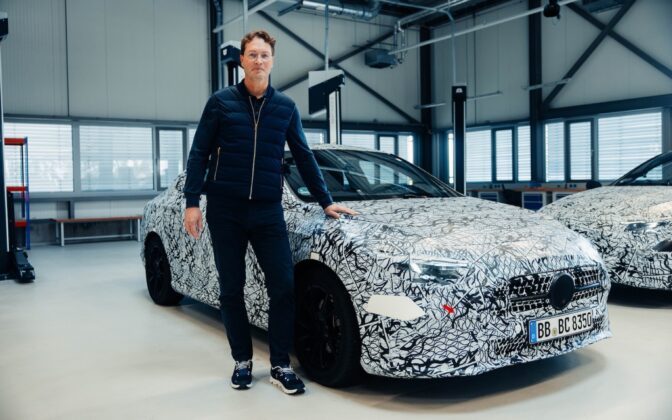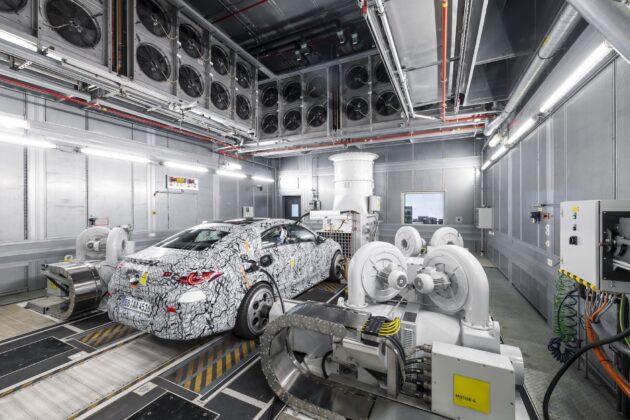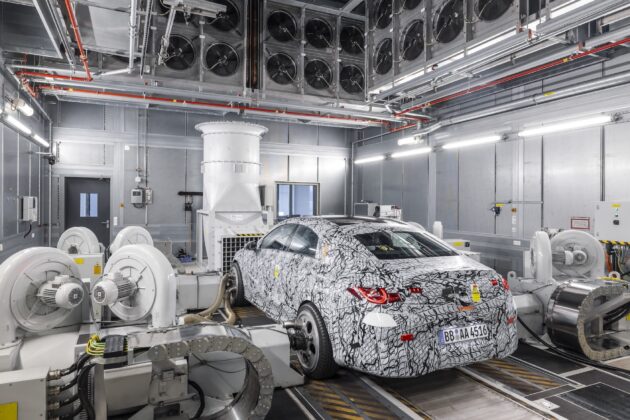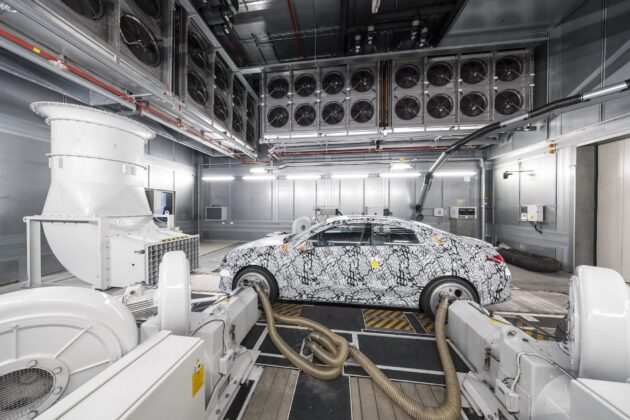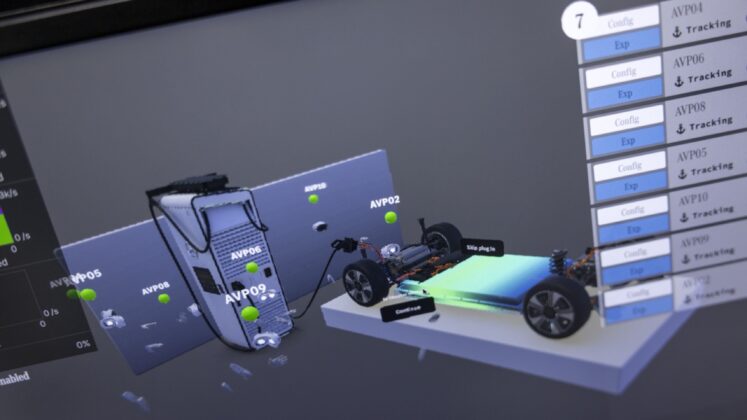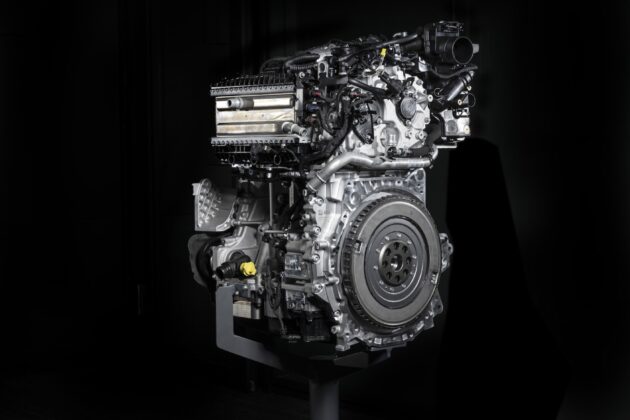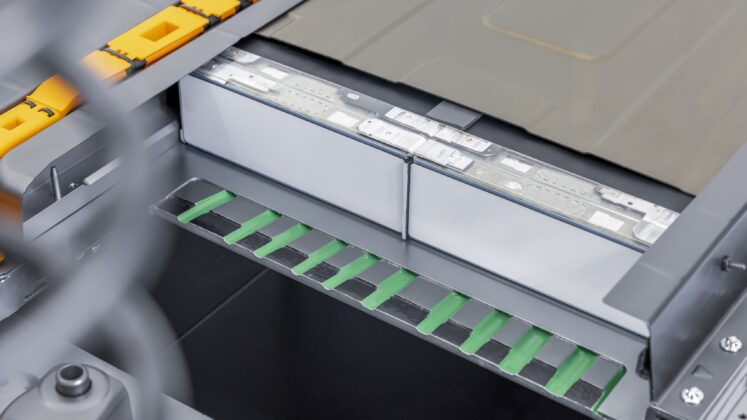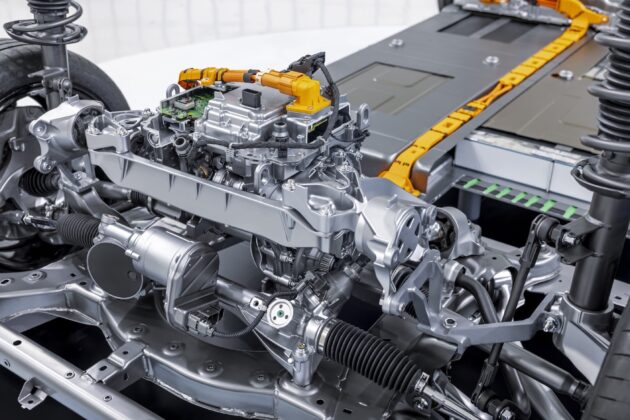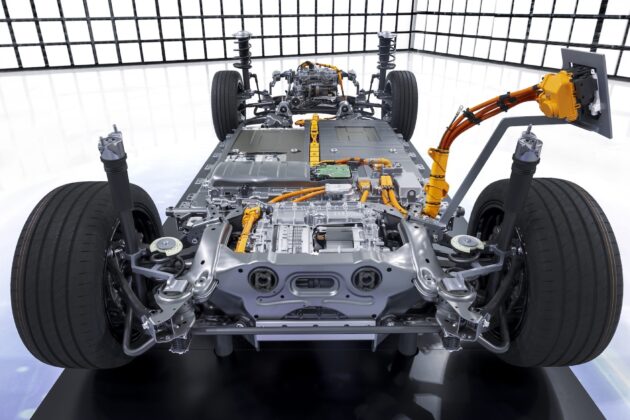In a surprising move for many, the next entry-level platform from Mercedes won’t be solely electric but will also include combustion engine options. Mercedes is following BMW’s strategy, allowing customers to choose their preferred powertrain.
The powertrain options on the new MMA platform (Mercedes Modular Architecture) won’t be as extensive as BMW’s offerings. In models like the CLA, CLA Shooting Brake, GLA, and GLB, customers will have to choose between a fully electric drive or a petrol engine with mild hybrid support. The decision now rests between electric or hybrid. Efficient diesel engines or long-range plug-in hybrids will no longer feature in Mercedes’ compact models. Many customers, however, may breathe a sigh of relief that these new models aren’t purely electric as initially planned.
The electric Mercedes CLA will come with rear-wheel or all-wheel drive, aiming to compete directly with the Tesla Model 3 and new electric competitors like the Audi A4 e-tron and the BMW i3 from the New Class range. Much of the technology has been developed alongside the Mercedes Vision EQXX innovation study. The base models will feature a 200 kW (272 PS) rear-wheel drive, while more powerful versions will include an additional 80 kW (109 PS) front electric motor. The front e-module only engages under specific driving conditions, such as high power demands or traction issues, and can deactivate within milliseconds when not needed. Top speed: 210 km/h.
Mercedes’ engineers take particular pride in incorporating a highly efficient silicon carbide (SiC) inverter into this entry-level segment. The new platform’s 800-volt electrical system allows for charging speeds of up to 320 kW – currently surpassing even the top Mercedes EQS model, which caps at around 200 kW. This means up to 300 kilometres of range can be added in just ten minutes at a hypercharger station. The efficient Mercedes CLA is expected to have a consumption rate of around 12 kWh per 100 km, and with an 85 kWh battery, it should offer a range of up to 750 kilometres. Entry-level versions will have a smaller battery pack with a capacity of 58 kWh.
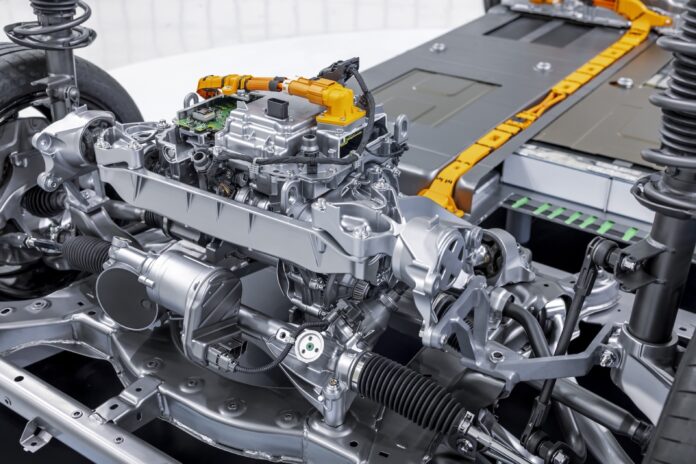
For those not keen on an electric drive in the new Mercedes CLA and its subsequent sibling models, internal combustion engine (ICE) options will be available but not until early 2026 – almost a year later than the electric variants, which have been given priority. Visually, there will be minimal differences between the electric and ICE versions. To preserve the benefits of the new MMA electric platform, the front end of the combustion models has been modified. Instead of a frunk, there’s a new 1.5-litre four-cylinder petrol engine under the bonnet, developed by Mercedes and produced in collaboration with Geely. Previous entry-level models featured a 1.3-litre engine from a Mercedes-Renault-Nissan partnership.
The 1.5-litre turbo engine will initially be available in three power levels: 100 kW (136 PS), 120 kW (163 PS), and 140 kW (190 PS). Thanks to a 48-volt electrical system, the petrol engine is complemented by an electric motor that provides an additional 20 kW (27 PS). This setup enables maximum recuperation and short bursts of electric-only driving for up to four kilometres in city traffic. More important than the pure electric range is the fuel efficiency, which is expected to be significantly improved, particularly in real-world driving conditions, thanks to the eight-speed dual-clutch transmission. The CLA hybrids aim to achieve diesel-like fuel consumption, likely around five litres per 100 km.
